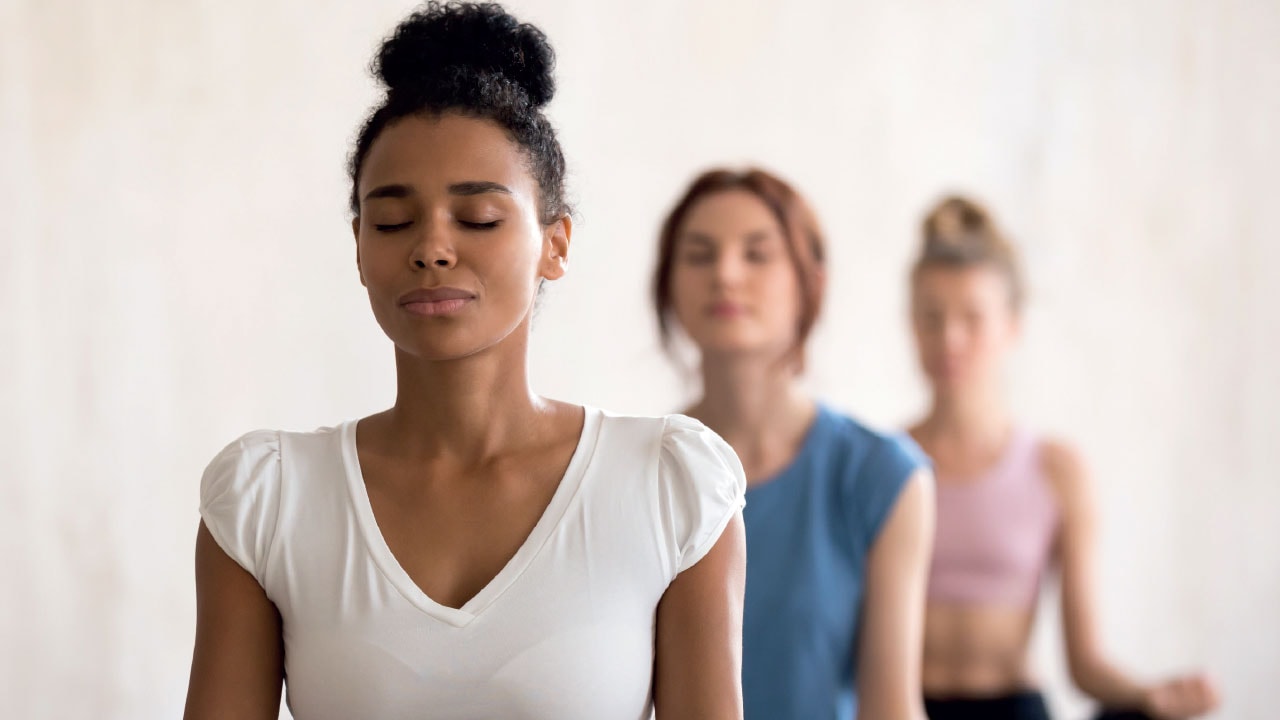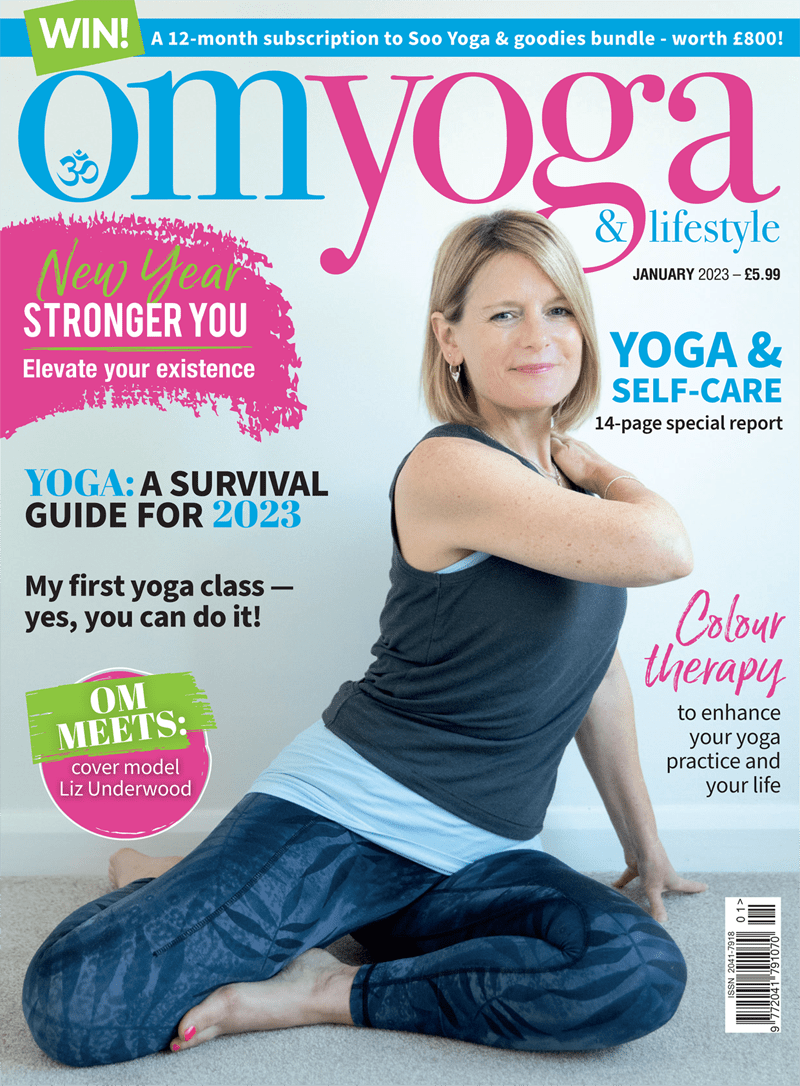
The power of the breath
How to improve your life through the way that you breathe. By Jeni Peters
Have you ever just sat for a moment, closed your eyes and just focused on your breathing rate? Have you ever acknowledged the body structures that move every time you take a breath? This autonomic action that keeps us alive and occurs between 12-20 times a minute is taken for granted daily, especially in our busy lives that we now lead. But maybe it’s time to look more closely at how you are breathing.
Chest Breathing
Most untrained individuals these days will naturally tend to breathe from their chest, allowing it to rise and fall with each breath. This is an action that we generally see in the modern world now, where unfortunately we have become accustomed to taking the easiest route possible to allow the body to function. When we solely use our upper chest muscles to do the function of our ‘breathing muscles’, this puts a lot of stress on the upper neck and shoulders, whilst reducing the ability of the muscles that are designed to do this job in the first place (diaphragm). That, coupled with a new posture (text neck) that we have started to see appearing in individuals through the increased use of technology and mobile phones, can lead to significant problems with breathing, posture and added tension on the upper neck muscles. Over time, this can lead to headaches and a reduced range of movement in the upper body; ultimately affecting quality of life.
So what are the different ways to breathe? There are three areas in the body that breathing can take place:
Clavicular Breathing
This usually allows the upper part of the chest (the collarbone area) to rise and fall with each breath.
Costal Breathing
This involves the opening of the rib cage on the inhalation and closing on the exhalation. Muscles surrounding the rib cage can aid with the movement of the rib cage during breathing. The pectoralis minor lifts the rib cage forward; along with the sternocleidomastoid and scalene muscles, which also contribute to breathing into the upper parts of the lungs by also raising the upper rib cage. Other muscles such as pectoralis major spread the lower ribs and lift the sternum, creating a more spacious inhalation in the lower lungs. The intercostal muscles assist total exhalation by drawing the ribs closer together and compressing the lungs.
Diaphragmatic Breathing
This involves the belly expanding during inhalation and contracting (and flattening) with exhalation.
So what is the best way to breathe?
Although diaphragmatic breathing has been widely noted to be the most effective and correct way to breathe, recent reports are now touching on the effectiveness of rib cage (costal) breathing instead. Although this is much harder to perform and learn than ‘belly breathing’, it has been noted to be more calming for the mind and nervous system (another benefit of focusing on the breathing rate, it can help to calm nerves and reduce anxiety and stress levels), along with creating a deeper inhalation through an increased strength in the diaphragm. This allows the lungs to be stretched fully, especially when we can breathe into the front, side and back of the ribcage. This is important if we are bra wearers as the continual use of bras can cause a build-up of scar tissue in this area, which then restricts the movement around the rib cage and prevents the intercostal muscles from helping the expansion of the rib cage during inhalation.
So now you know how to breathe properly, it's over to you…
Spend a minute every day to focus on breathing correctly. Find a comfortable seated position away from distractions, close your eyes (this helps with staying focused on the task) and focus on your inhalation and exhalation. Notice the parts of the body that move and try to direct your breath to the rib cage every time you breathe (perhaps placing your hands on the sides of the ribs to help to direct the breath to that area). Try this for a few days and notice how you feel, both in your body and mind. It could be the most important thing you ever do.
Jeni Peters is a 1-2-1 yoga instructor who teaches Vinyasa and Yin Yoga, with particular attention on posture and body alignment. Visit: youryogi-uk.com or connect on Instagram @youryogi_uk




